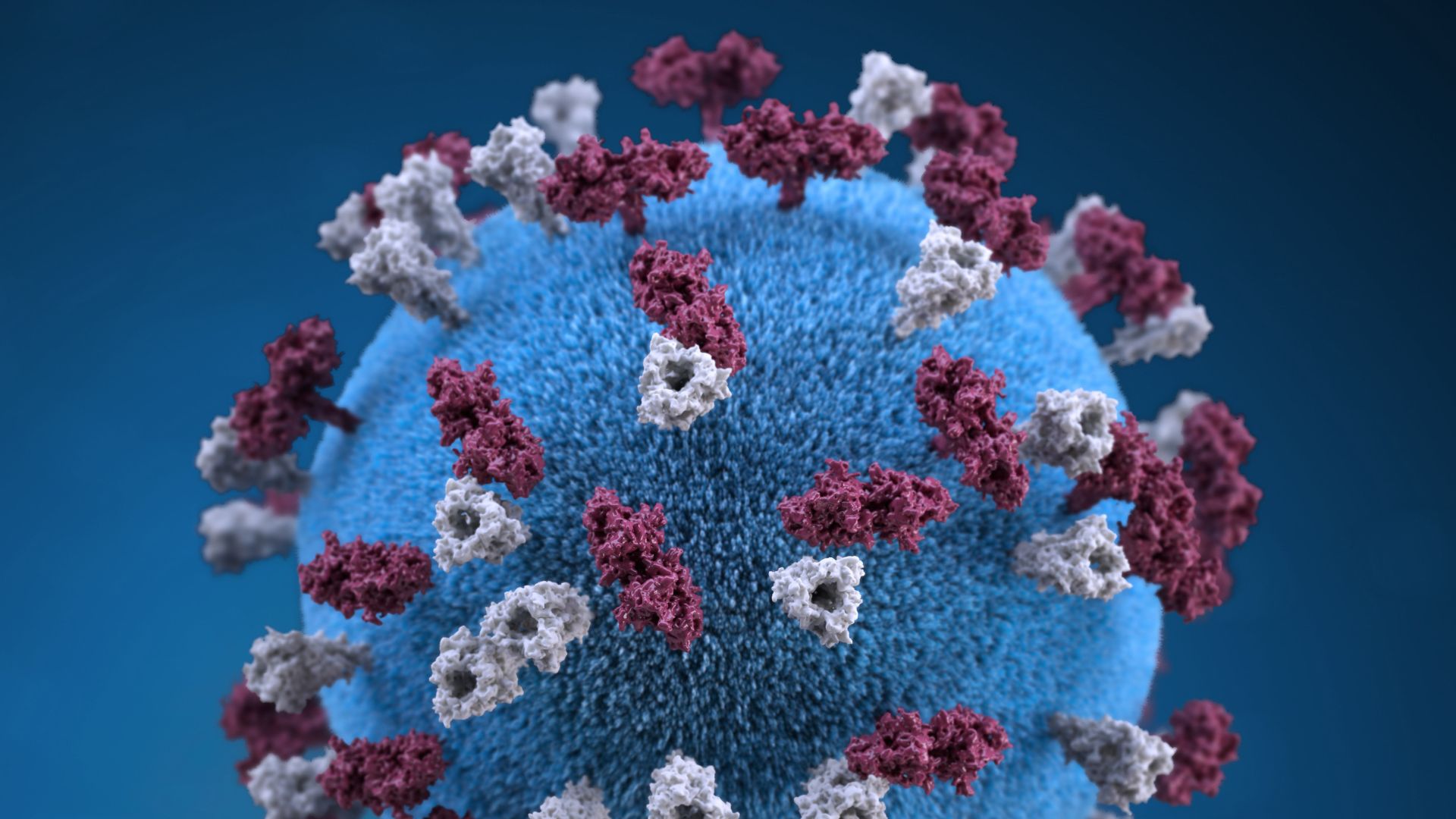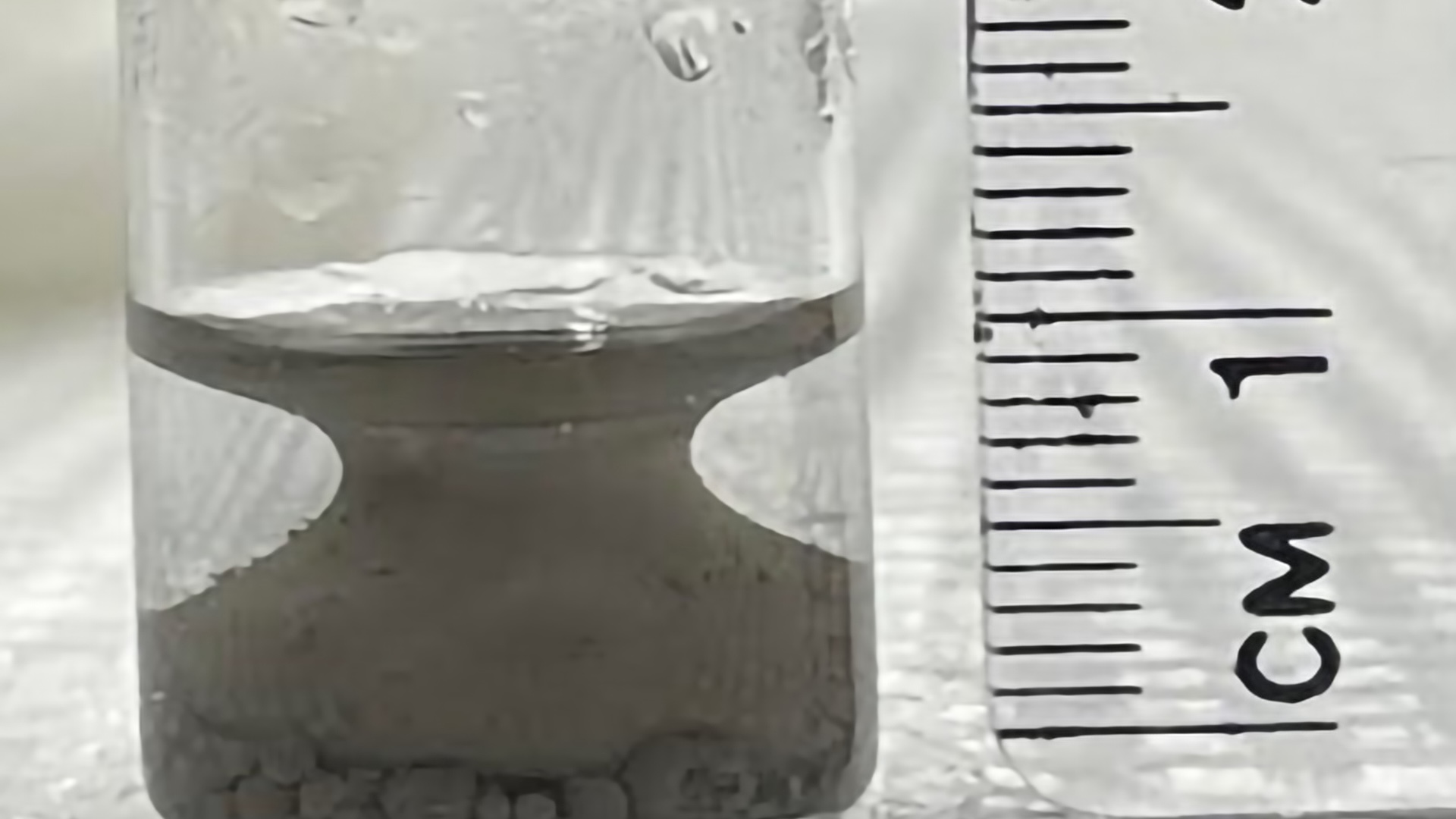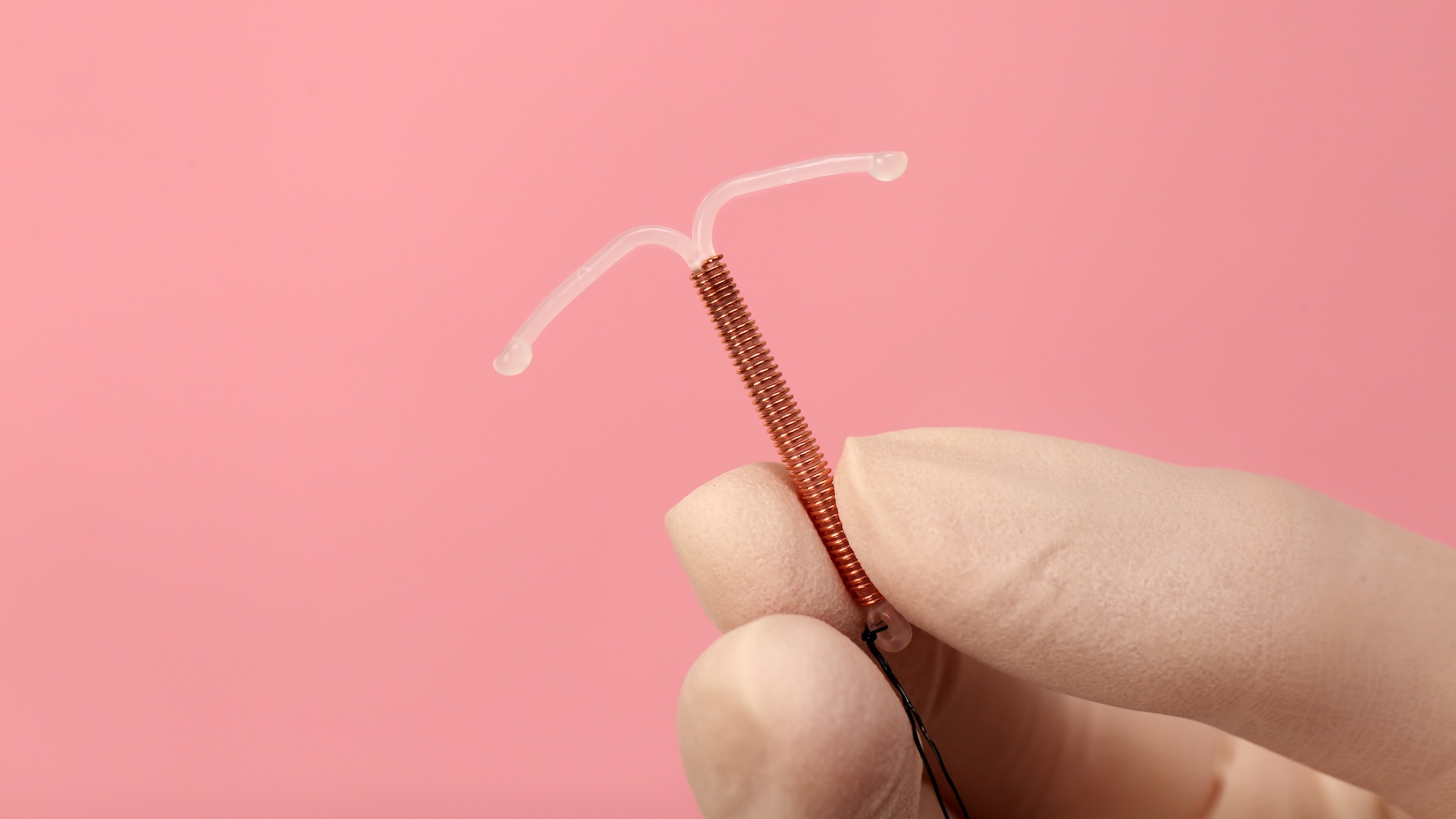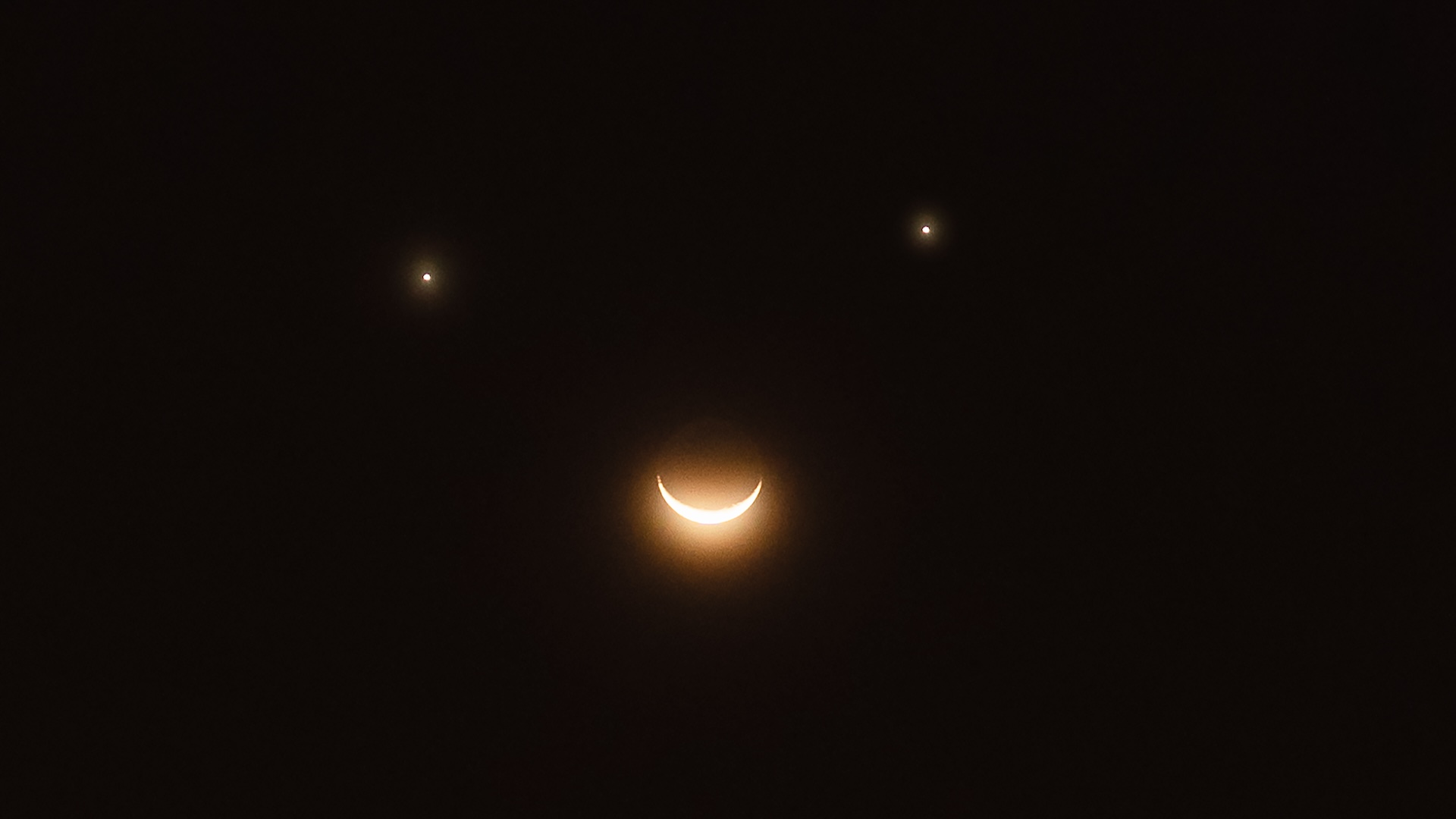Mangrove leaf slug: The solar-powered mollusk that gobbles up sunlight then goes months without eating
This frilly slug lives in the mangroves of southeastern Asia and Australia, lounging in shallow pools of water and scraping up algae from which it gains the ability to photosynthesize.
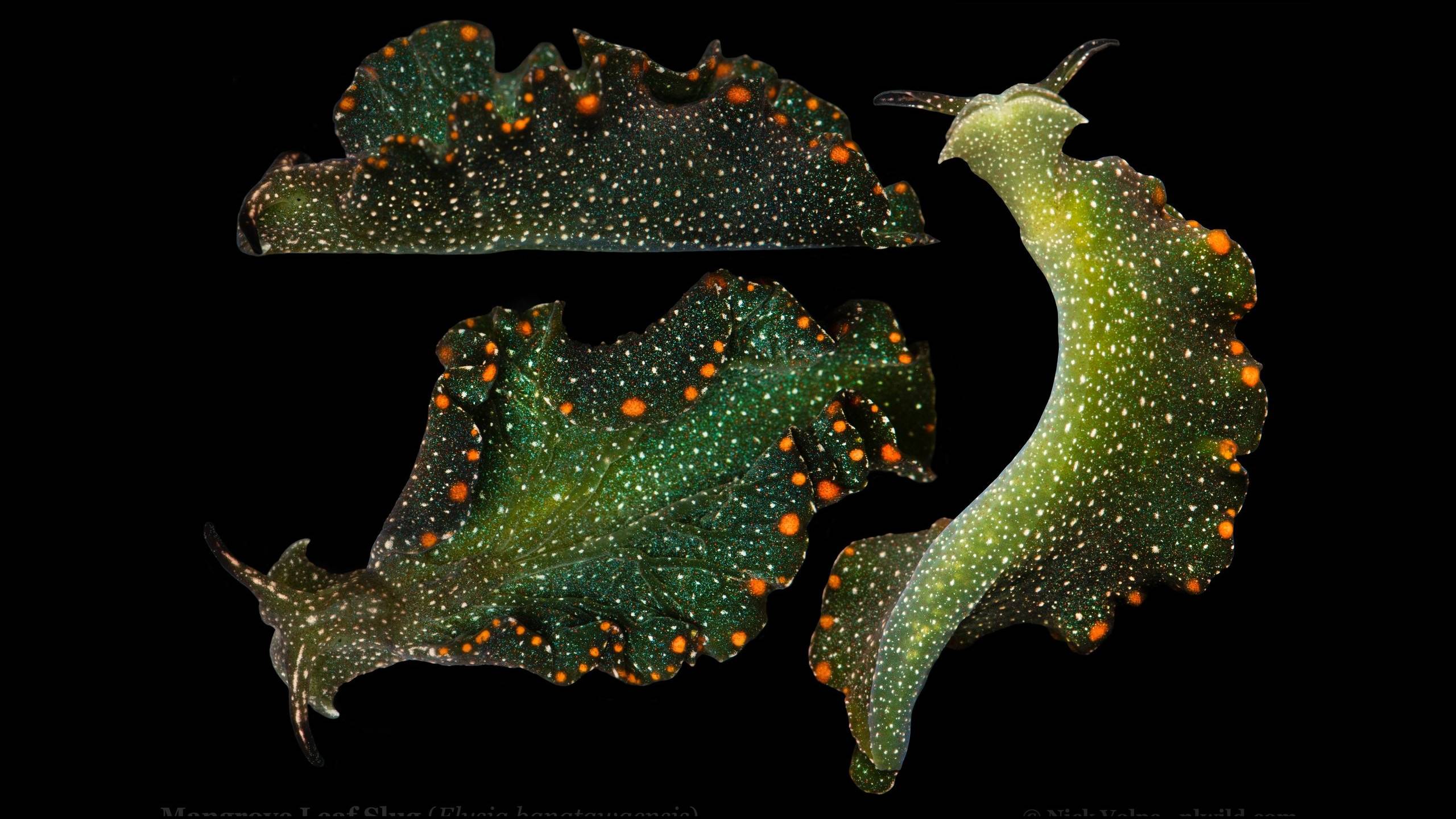
Name: Mangrove leaf slug (Elysia bangtawaensis)
Where it lives: Shallow pools of water in the mangrove forests and swamps of southeast Asia and Australia
What it eats: The content of tiny algal cells
Why it's awesome: In addition to looking like a starry night sky, this fabulous slug belongs to the sacoglossans, also known as the "solar-powered sea slugs" — the only known group of animals that can photosynthesize by retaining chloroplasts from algae.
Mangrove leaf slugs have seven to nine sharp teeth, which they use to puncture algal cells to then suck out the good stuff inside. That includes chloroplasts, the cellular structures plants use to transform sunlight into sugars during photosynthesis. Mangrove leaf slugs, which grow up to 2 inches (5 centimeters) long, use the chloroplasts they ingest to power themselves, enabling them to survive without food for two to three months.
Related: This sea slug can chop off its head and grow an entire new body, twice
As well as producing energy, chloroplasts tint these slugs a dark, leafy-green color. This helps mangrove leaf slugs blend into their surroundings and go unnoticed by potential predators, such as crustaceans and birds, as they lounge in shaded pools amid the mangrove trees.
Sign up for the Live Science daily newsletter now
Get the world’s most fascinating discoveries delivered straight to your inbox.
After a few months, however, the chloroplasts start to shrink and the slugs turn a yellowish color, at which point they have to replenish their photosynthetic machinery with another meal of algae. Once they have fed, the famished slugs regain their leafy-green color.
And if their photosynthetic abilities weren't weird enough, mangrove leaf slugs are simultaneous hermaphrodites, meaning each slug has the sexual organs of both sexes. To reproduce, two slugs hug tight and insert their penises into each other's vaginas at the same time. After sex, the slugs sometimes form a ball as they withdraw their penises. They then lay egg strings up to 28 inches (71 cm) long and coil them around solid features on the swampy substrate. The eggs hatch within a week, releasing a fresh batch of tiny mangrove leaf slug larvae.
Image courtesy of Nick Volpe Wildlife Photography.

Sascha is a U.K.-based staff writer at Live Science. She holds a bachelor’s degree in biology from the University of Southampton in England and a master’s degree in science communication from Imperial College London. Her work has appeared in The Guardian and the health website Zoe. Besides writing, she enjoys playing tennis, bread-making and browsing second-hand shops for hidden gems.
